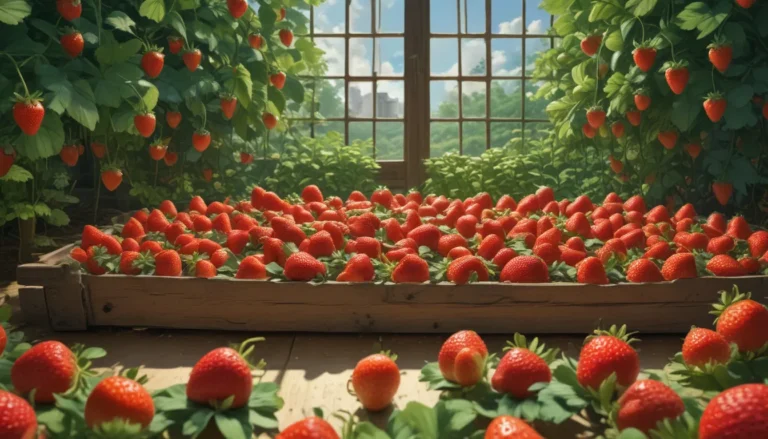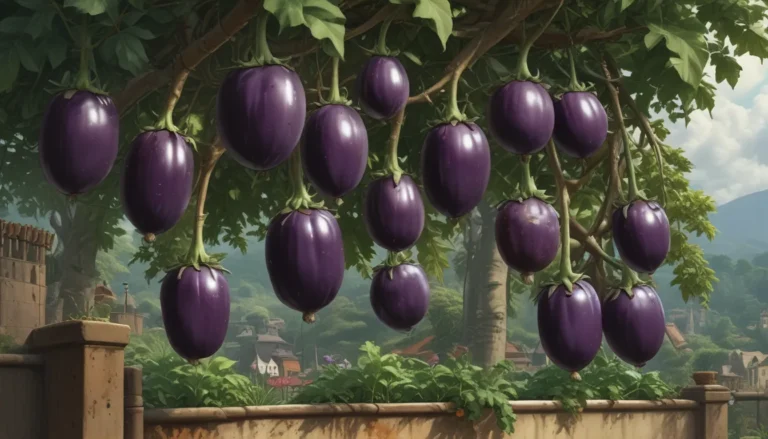In-Depth Guide: The Art of Harvesting Strawberries

There’s something magical about plucking a ripe, sun-warmed strawberry off the plant and savoring its sweetness. But timing is everything when it comes to harvesting strawberries. Pick too soon, and you’re met with a mouth-puckering disappointment. Pick too late, and decay sets in.
Strawberries are best enjoyed straight from the plant, making it essential to know when and how to harvest them just right. So, grab your gloves, scissors, and basket because we’re going berry picking together.
What You’ll Learn:
- Figuring Out the Right Harvest Date
- The Different Types of Berries
- How to Harvest Strawberries
Established strawberry plants are generous producers during late spring and early summer, but missing the harvest window means missing out on the fruits of your labor. Whether you’re growing new plants each year or managing an existing patch, it’s crucial to nail down the harvest timing.
Figuring Out the Right Harvest Date
Each strawberry variety matures at a different pace, influenced by factors such as size, sunlight, and individual cultivar characteristics. If you know your strawberry variety, you can estimate the time to maturity based on its specifics. However, if you’re unsure or faced with environmental setbacks like late frosts, look for these telltale signs:
- Fully Formed Blossoms: Typically, berries ripen about a month following full bloom.
- Color & Texture: Ripe berries are plump, deep red (varies by cultivar), and have red stem ends.
- Wildlife Activity: Birds nibbling on your berries signal ripeness.
- Taste Test: The ultimate test – if it tastes heavenly, it’s ready.
Remember, not all berries on a single plant ripen simultaneously, so keep a keen eye for ideal picks.
The Different Types of Berries
Strawberries fall into three main categories: June-bearing, ever-bearing, and day-neutral. Understanding your strawberry type helps anticipate harvest times and yields:
- June-Bearing: Offers a substantial harvest in one go, typically mid-June to early July.
- Everbearing: Produces two crops per season, in late spring and late summer.
- Day-Neutral: Flowers and fruits continuously through summer, favorable for cooler climates.
Wild strawberries are considered everbearing, providing multiple harvests throughout the growing season due to their unpredictable, weather-dependent fruiting.
How to Harvest Strawberries
When picking strawberries destined for consumption beyond an immediate snack, adopt proper harvesting techniques to maintain freshness:
- Use clean scissors to snip berries just above the green cap, around a half-inch from the stem attachment.
- Avoid pulling berries along with the cap to prevent rotting.
- If your plants receive sprays, wash berries before eating but not before storing to prolong freshness.
- Opt for tools like mini mod hods or stoneware harvest bowls to ease picking and cleaning.
Wild strawberries, noted for their swift ripening and fragile nature, call for immediate picking and consumption due to their short storage life.
Snag Your Berries At the Peak of Perfection
Timing is crucial in strawberry harvesting. Missing the optimal window leads to wasted produce or unripe disappointments. By following these guidelines, you can relish strawberries at their tastiest peak.
What are your favorite strawberry varieties to grow? Share in the comments below!
For ways to enhance your strawberry-growing experience, explore our additional guides:
- How to Put Strawberry Plants to Bed for Winter
- How to Control Gray Mold (Botrytis Rot) on Strawberries
- 35 of the Best Strawberry Varieties for Home Gardeners
*





